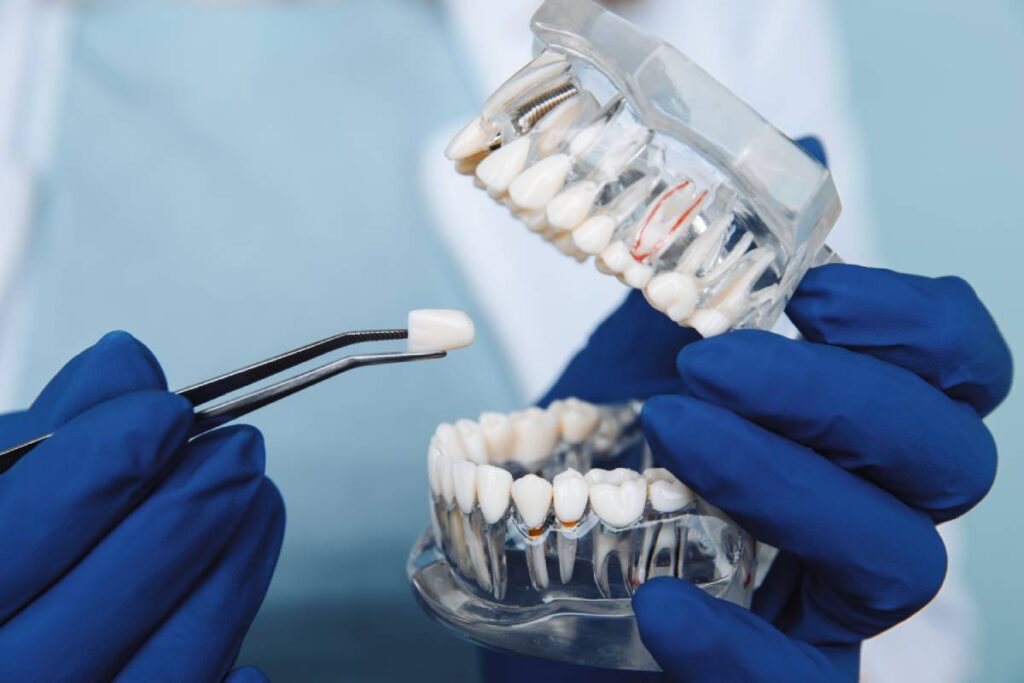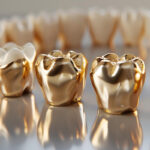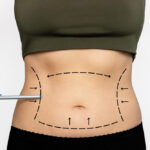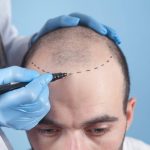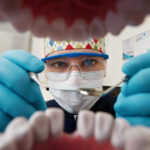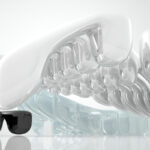Improved Accuracy with Advanced Diagnostic Tools
Modern dental treatment benefits greatly from advanced diagnostic tools that ensure precise detection of oral health issues. Technologies such as digital X-rays, intraoral cameras, and 3D imaging allow dentists to view detailed structures of the mouth, leading to more accurate diagnoses and targeted treatment plans. These innovations reduce the chances of misdiagnosis and enable early intervention, ultimately improving the success rate of any dental treatment. Patients benefit from fewer complications and faster results, thanks to these sophisticated technologies. Moreover, digital systems store patient records efficiently, allowing for quick access and comparison over time. The enhanced clarity and real-time feedback provided by these tools empower both the dentist and the patient, ensuring a more collaborative and informed approach to care. This high level of precision is one of the defining advantages of modern dentistry, making treatments safer and more effective.
Minimally Invasive Procedures for Greater Comfort
One of the most remarkable advancements in modern dental treatment is the development of minimally invasive procedures. These techniques preserve more of the natural tooth structure and cause less trauma to surrounding tissues, resulting in quicker recovery times and reduced discomfort. Whether it’s laser dentistry, air abrasion, or micro dentistry, these methods have revolutionized how dental treatment is delivered. Patients experience less pain, swelling, and anxiety, making dental visits more pleasant and less intimidating. This comfort-oriented approach encourages more people to seek regular dental care, which contributes to better long-term oral health. Dentists are also able to perform procedures more efficiently, which reduces the time spent in the chair and often eliminates the need for multiple visits. As a result, patients enjoy both convenience and high-quality outcomes.
Long-Lasting Results and Material Durability
Modern dental treatment utilizes advanced materials that are both durable and aesthetically pleasing. Composite resins, porcelain, and zirconia are now commonly used in restorations, offering long-lasting solutions that mimic the appearance and function of natural teeth. These innovations significantly extend the lifespan of crowns, bridges, veneers, and fillings, enhancing the value of each dental treatment. Patients benefit from improved functionality, less frequent replacements, and enhanced confidence in their smiles. Furthermore, these materials are biocompatible, minimizing the risk of allergic reactions or gum irritation. Their high strength allows for better performance under pressure, making them suitable even for individuals with habits like teeth grinding. The evolution of dental materials has elevated the overall quality and reliability of modern dental care.
Enhanced Aesthetics and Natural-Looking Results
A key benefit of modern dental treatment is its focus on aesthetics alongside functionality. Today’s procedures are designed not only to restore oral health but also to improve the appearance of the teeth and smile. Whether it’s teeth whitening, orthodontics, or cosmetic restorations, modern dental treatment prioritizes natural-looking results that blend seamlessly with existing teeth. Advanced techniques allow dentists to customize treatments to match tooth color, shape, and alignment, ensuring a more harmonious and attractive outcome. Patients no longer have to choose between beauty and health—today’s dentistry offers both. This emphasis on visual improvement boosts self-esteem, enhances facial harmony, and contributes to overall psychological well-being. The ability to achieve a flawless smile is now more accessible than ever before.
Shorter Recovery Times and Reduced Downtime
Modern dental treatment techniques are designed to minimize tissue damage and expedite healing. As a result, patients benefit from shorter recovery periods and minimal interruption to their daily routines. Innovations like laser therapy, precise incisions, and advanced suturing methods have significantly improved post-operative outcomes. This means that after undergoing dental treatment, patients can often return to work or regular activities within a day or two. Faster healing also reduces the risk of complications and enhances patient satisfaction. The integration of anti-inflammatory medications and pain control strategies further supports a smooth recovery. This convenience makes modern dentistry particularly appealing to busy individuals seeking efficient care without compromising on quality.
Customized Treatment Plans for Individual Needs
Personalization is at the core of modern dental treatment. With advanced diagnostic tools and a deeper understanding of oral health, dentists can now tailor treatment plans to meet the unique needs of each patient. This ensures that every dental treatment addresses specific concerns, whether functional or aesthetic, resulting in more effective outcomes. Custom treatment planning considers factors such as dental history, lifestyle, medical conditions, and personal preferences. It also allows patients to be more involved in their care decisions, leading to greater satisfaction and compliance. The flexibility of modern dentistry means that even complex cases can be managed with precision and clarity. This individualized approach has redefined the patient experience, transforming it into a more collaborative and outcome-driven process.
Integration of Preventive and Restorative Care
Modern dental treatment embraces a comprehensive approach that integrates both preventive and restorative care. Rather than waiting for problems to arise, today’s dentistry emphasizes early detection and intervention. Preventive measures such as sealants, fluoride applications, and routine cleanings are combined with restorative techniques like fillings, crowns, and implants to offer a full spectrum of care. This integrated model ensures that every dental treatment not only solves current issues but also reduces the likelihood of future complications. Patients benefit from a more proactive and sustainable form of dental care. Regular monitoring and maintenance help maintain oral health over the long term and reduce the need for invasive procedures down the line. This holistic philosophy promotes long-lasting dental wellness and peace of mind.
Conclusion
The advancements in modern dental treatment have completely transformed the field of dentistry. With benefits ranging from enhanced precision and comfort to better aesthetics and long-term durability, today’s dental treatment is more patient-focused and outcome-driven than ever before. These improvements encourage more people to prioritize their oral health, knowing that they can receive effective care with minimal pain and maximum satisfaction. As technologies and techniques continue to evolve, dental care will only become safer, faster, and more personalized. For patients, this means achieving not only a healthier smile but also a more confident and fulfilling quality of life. Modern dentistry truly represents a new era in healthcare—one that combines innovation with compassion for the ultimate benefit of every individual.
Frequently Asked Questions
- What are the main benefits of modern dental treatment?
- Improved comfort, better aesthetics, quicker recovery, and long-lasting results.
- Is modern dental treatment more expensive?
- While some procedures may cost more, they offer better value due to durability and efficiency.
- Are modern materials used in dental treatment safe?
- Yes, modern materials are biocompatible, durable, and designed to mimic natural teeth.
- How long do results from modern dental treatments last?
- With proper care, results from treatments like crowns or implants can last many years.
- Can I return to work after a dental procedure?
- Most patients resume daily activities within a day due to shorter recovery times.
- Is modern dental treatment painful?
- No, advancements in anesthesia and techniques have greatly reduced discomfort.
- What makes modern dental treatment more aesthetic?
- Advanced materials and customization ensure natural-looking, attractive results.
- Are personalized dental plans really necessary?
- Yes, tailored plans ensure optimal outcomes and address your specific oral health needs.
- How do preventive and restorative care work together?
- Preventive care reduces future problems, while restorative care addresses current issues.
- Can I trust the long-term success of modern dental procedures?
- Absolutely. With good hygiene and regular check-ups, modern treatments are highly reliable.

